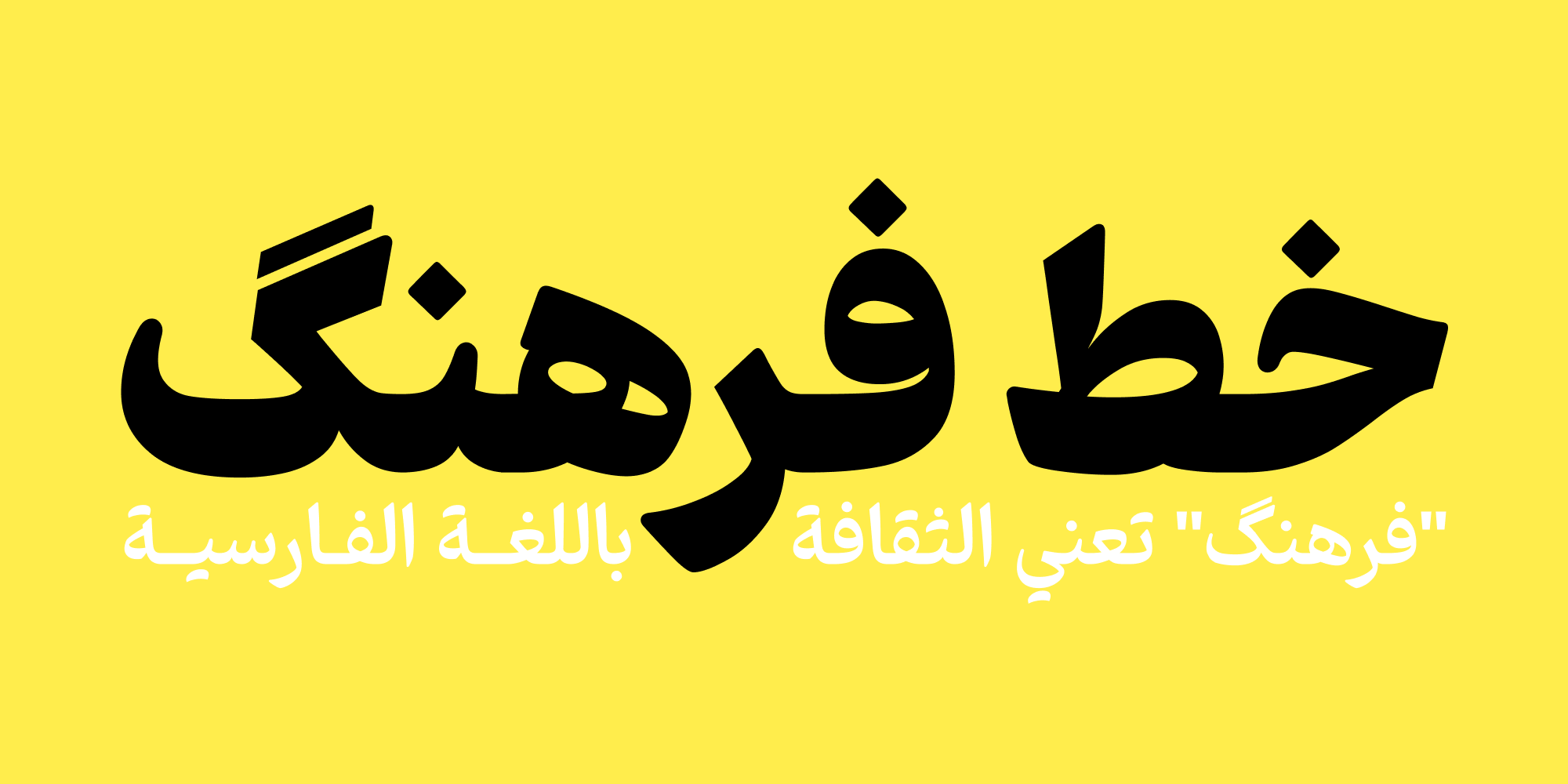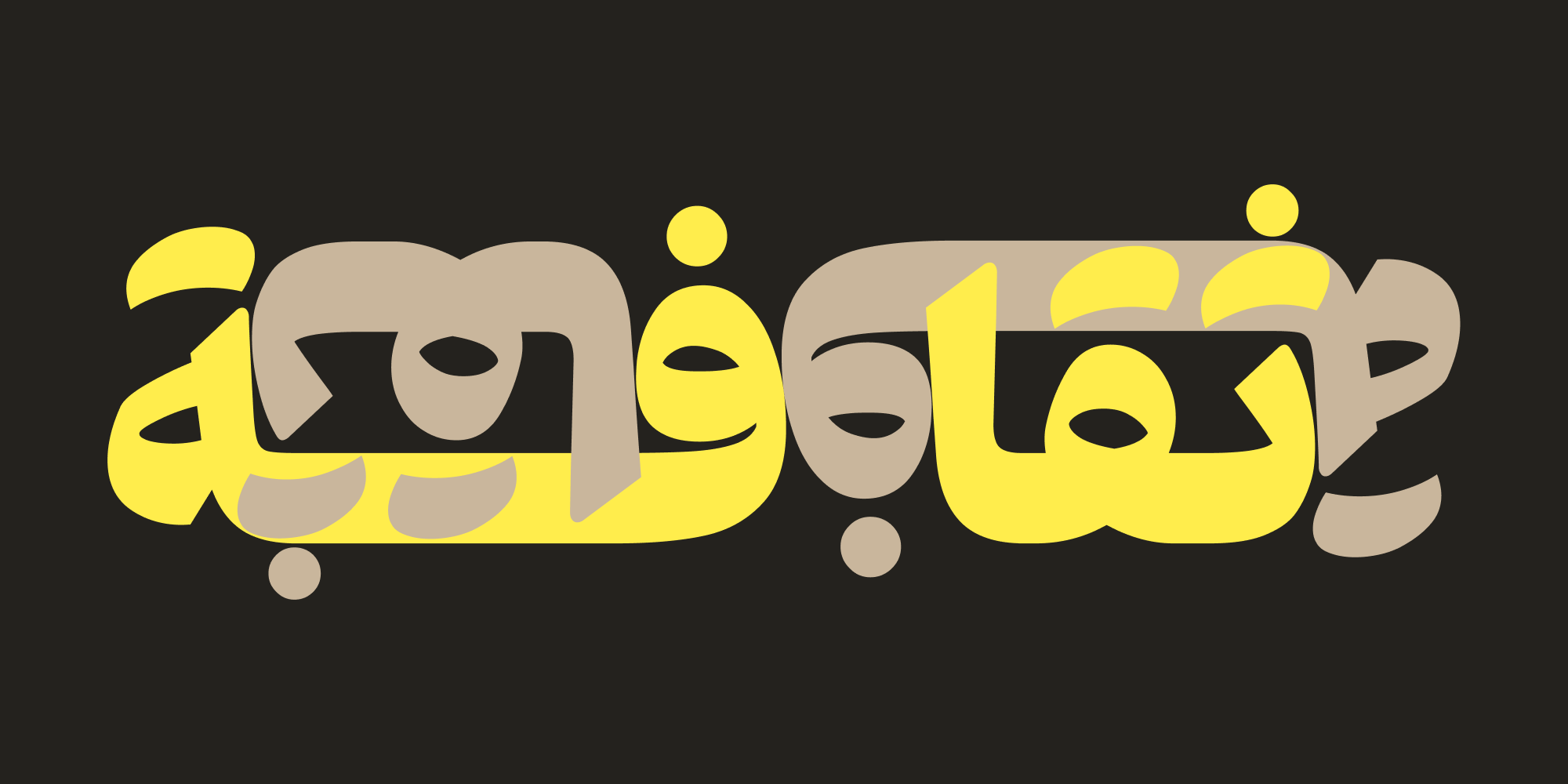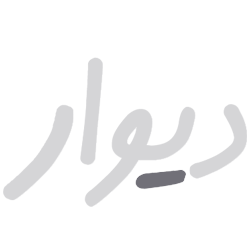Farhang
Weight Variation in the Farhang Font
In the Farhang font, you have access to a complete spectrum of 9 weights, and these weights are available in 2 styles: regular (normal) and rounded and continuous styles.












Precise Placement of Dots and Diacritics
Due to limitations in early printing systems, dots, and diacritics tended to shift to the right in text layout, and this tradition has also persisted in digital fonts. In the Farhang font, dots are accurately positioned directly below the corresponding letter. Letters such as ب ب ت ت پ پ ث ث ن ن ی ی س س ش ش are part of a large group of Persian letters that share a very similar shape. Distinguishing them is primarily based on the placement of dots. In the Farhang font, each diacritic is meticulously placed based on the letters before and after it, ensuring the utmost order and beauty in the appearance of words.

In the "Farhang Font" dots are strategically placed in an ideal position without increasing the letter width or creating excessive empty space.









Substitute Characters
Most of the characters you would like to use as optional substitutes in the font (such as ﮧ, ﮩ in Nastaliq style, and ے in reverse) are Urdu language characters. Since the Farhang font includes these Urdu characters, you can easily use them in the Persian keyboard layout as well. You can type these substitute characters according to the guide provided, effortlessly, in any environment.


Farhang Variable Font
A Variable Font allows you to have all the weights in a single font file. Variable fonts are undoubtedly the best choice for creating new websites. Using just one font file for all weights speeds up website loading significantly.
In the new version of the Farhang font, only variable weight is available, but other variables are still accessible in the previous version included in the package. (The previous version has been fixed and will not receive further updates).

Sharp: This variable adds angular edges to the rounded letters and reduces the roundness and curvature of letter shapes.

Serif: This variable adds common decorative flourishes to some letters in Naskh calligraphy.

Stretch: This variable can create horizontal stretching in words

Alignment with Latin Characters
In the Farhang font, the open-source font Muli has been utilized, and efforts have been made to ensure that the size of characters remains consistent regardless of changes in weight.





In Farhang (Pro) font package :
Main Fonts: 9 weights Available in TTF format.
Rounded and Continuous Dots: 9 weights available in TTF format.
Web Fonts: WOFF and WOFF2 formats, along with CSS and HTML code.
Variable Font: 1 axes (weight)
This font package supports Farsi, Arabic, Kurdish, Urdu, and English languages.
Moslem Ebrahimi, an experienced graphic design professional specializing in Persian typography since 2009. Early in his career, he was dedicated to teaching typography design at the university level. Subsequently, he shifted his focus to establishing the FontIran website, where his efforts were redirected to the publication and marketing of Perso-Arabic typefaces. Between 2014 and 2017, Ebrahimi's typefaces underwent a significant transformation, playing a pivotal role in shaping the typographic landscape for Persian web and software design. The launch of FontIran Foundry marked a successful advocacy for voluntary copyright adherence in the realm of Perso-Arabic typefaces, addressing challenges related to sales and income for type designers. . Ebrahimi's impactful contributions have left a lasting impression on the field, influencing the culture of Perso arabic typography and providing solutions to challenges faced by fellow type designers.
Shahrzad Akbari, born in1991, holds a bachelor's degree in software engineering. Shahrzad has experience in programming with various languages and has also been involved in content creation and design for several startups. After becoming acquainted with "font development" as a tool to combine art and the science of programming, she developed an interest in this field and has been actively engaged in it.













































































Comments
Frequently Asked Questions